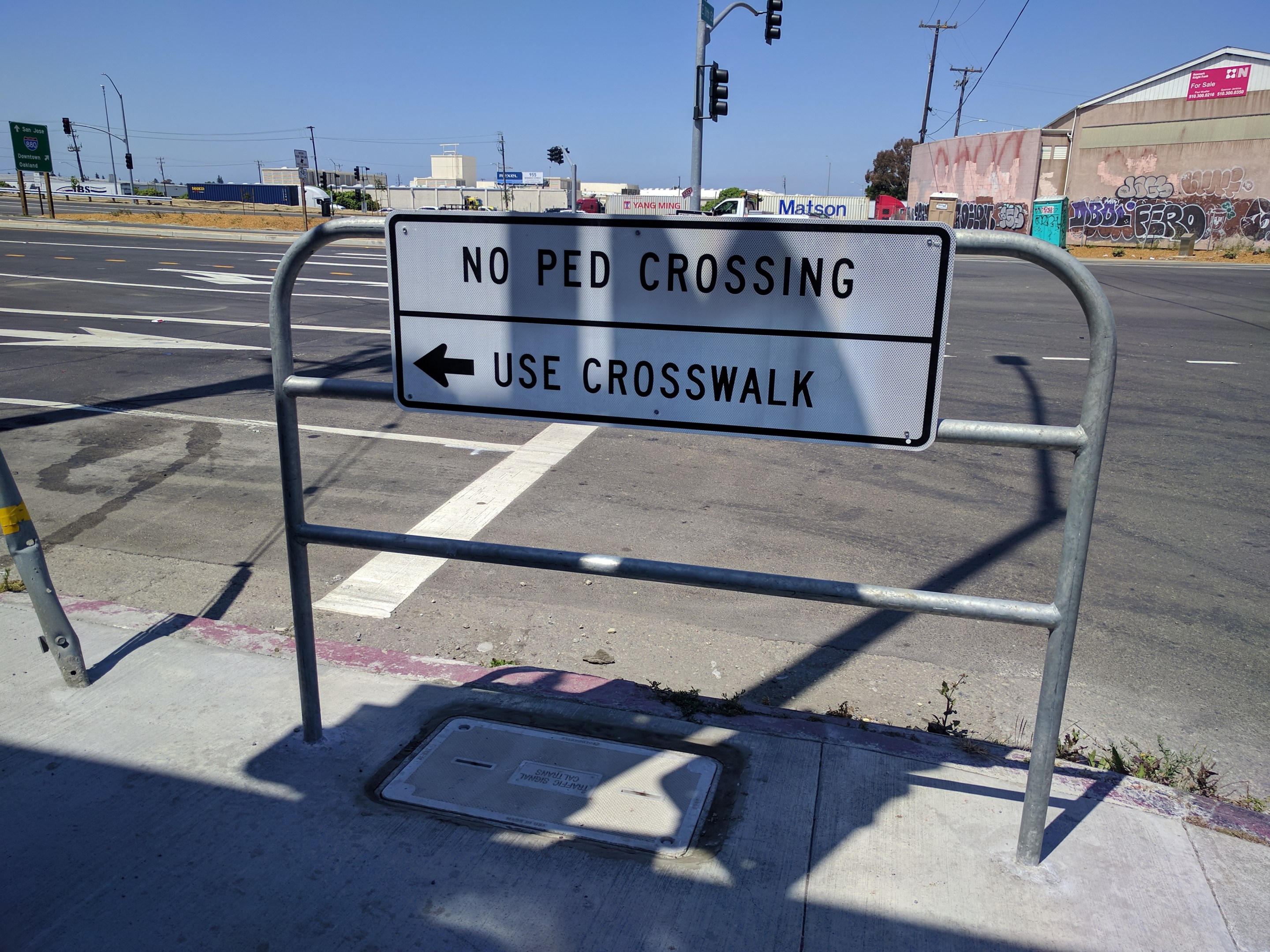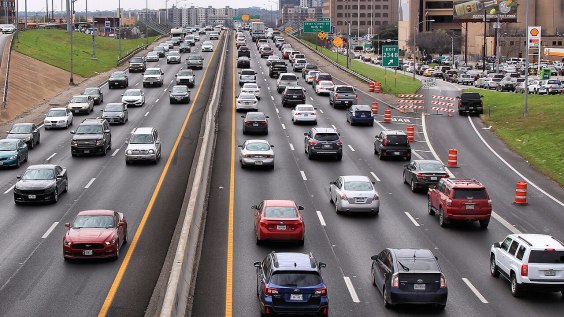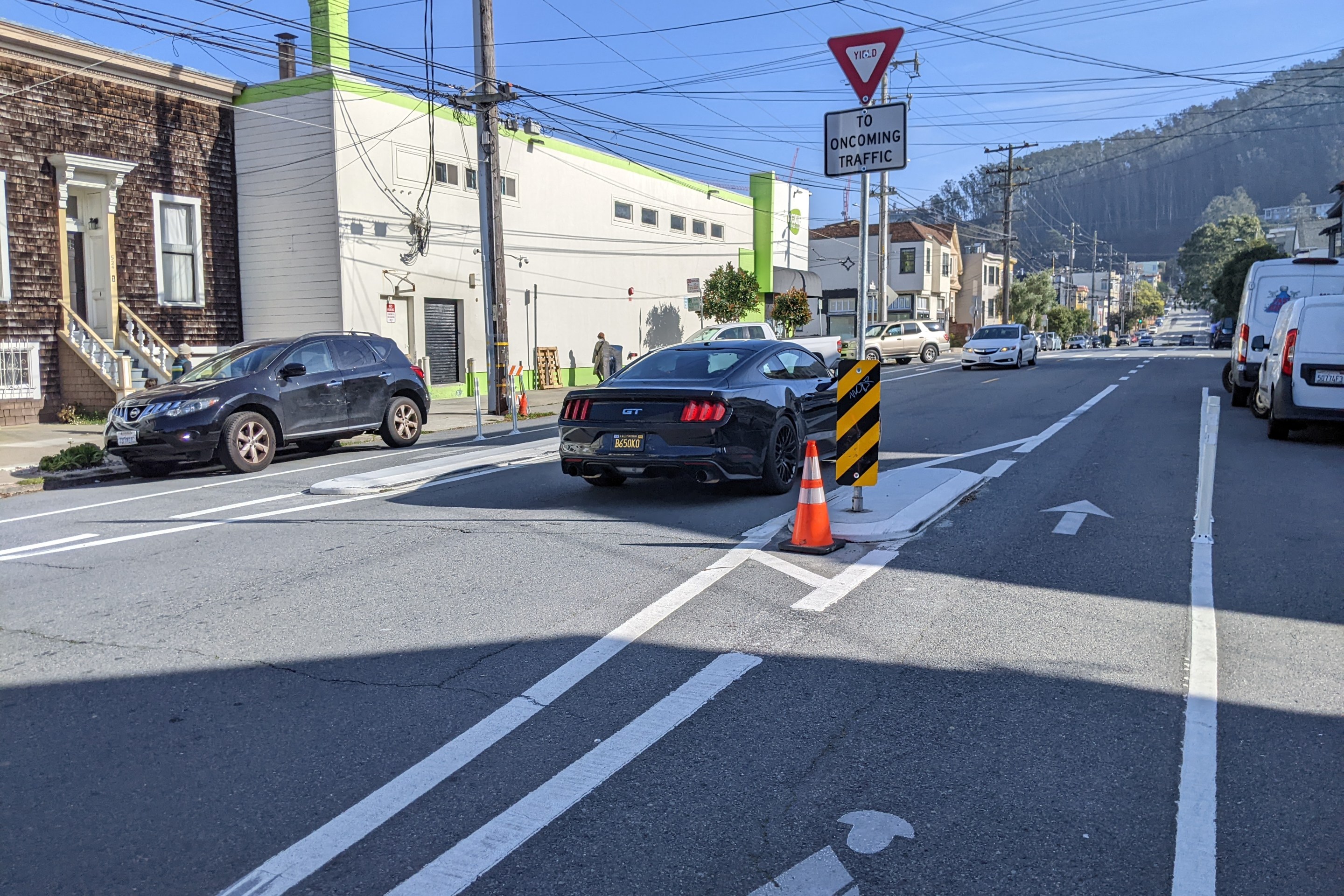Note: GJEL Accident Attorneys regularly sponsors coverage on Streetsblog San Francisco and Streetsblog California. Unless noted in the story, GJEL Accident Attorneys is not consulted for the content or editorial direction of the sponsored content.
Note: this post has been fixed to correct an error in Caltrans' per-mile cost estimate for S.B. 127, and to add a link to Senator Wiener's letter to Caltrans.
"I agree that Caltrans has embarrassed itself with the [cost] projection it has given us on [the Complete Streets bill]," Assembly Appropriations Chair Lorena Gonzalez (D-San Diego) told Senator Scott Wiener as he prepared to address the committee this morning.
S.B. 127, she added, is "a bill that I love. Please don't talk yourself out of it."
No chance of that. Senator Wiener kept it short: Caltrans, he said, should be embarrassed about the cost estimate it provided to the committee. "This bill simply asks that when Caltrans is working on state highways, they should be ensuring that people who walk and bike on them are safe... It does not create new projects, it simply requires that if they are already working on a road project, they consult the community and consider all users." A fact sheet [PDF] on S.B. 127 lays out what the bill does.
About that cost estimate--Caltrans claimed the bill could cost as much as $4.5 million per mile, or up to $1 BILLION per year--Senator Wiener offered a different number. After consulting people who work on road projects throughout the state, he said, "we know these projects cost closer to $20,000, ranging to at the highest $600,000 per mile."
The Caltrans estimate is "farcical," he said.
Senator Wiener sent a letter to Caltrans [PDF] objecting to its estimate. "Complete streets features are often the least expensive part of a project, particularly when a street is being ripped up for resurfacing and needs to be re-striped regardless," reads the letter. As for the $4.5 million per mile, "even the high end of the range [of actual costs quoted by transportation agencies] is dramatically lower than the Caltrans assumption."
For example, the City of Sacramento has done a series of significant and comprehensive complete streets overhauls that have cost roughly $400,000 per centerlane mile. That is one-tenth of Caltrans's base assumption for a significant and complicated project (emphasis added by Streetsblog).
The most common and cost-effective complete streets features--high-visibility crosswalks, adequate sidewalk lighting, and separated bicycle lanes--are far less capital and construction-intensive than asphalt repaving, bridge rehabilitation, and culvert repair....The most cost-effective time to integrate these safety features...is during routine maintenance work done through the State Highway Operation and Protection Program.
Supporters who spoke in favor of S.B. 127 included the American Heart Association, the city of Santa Monica, San Francisco's Muni transit agency, the Metropolitan Transportation Commission, Safe Sacramento, and AARP.
A representative from the Department of Finance, which attacked the bill on policy issues, stated simply that the department opposed the bill.
"I figured," said Chair Gonzalez.
The bill was moved to the "suspense file," as expected, where it will await its fate with all the other bills that have a potential fiscal impact of over $150K. The committee considered over ninety bills this morning, most of which ended up "on suspense." The committee has until August 30 to move them to the floor of the Assembly.






